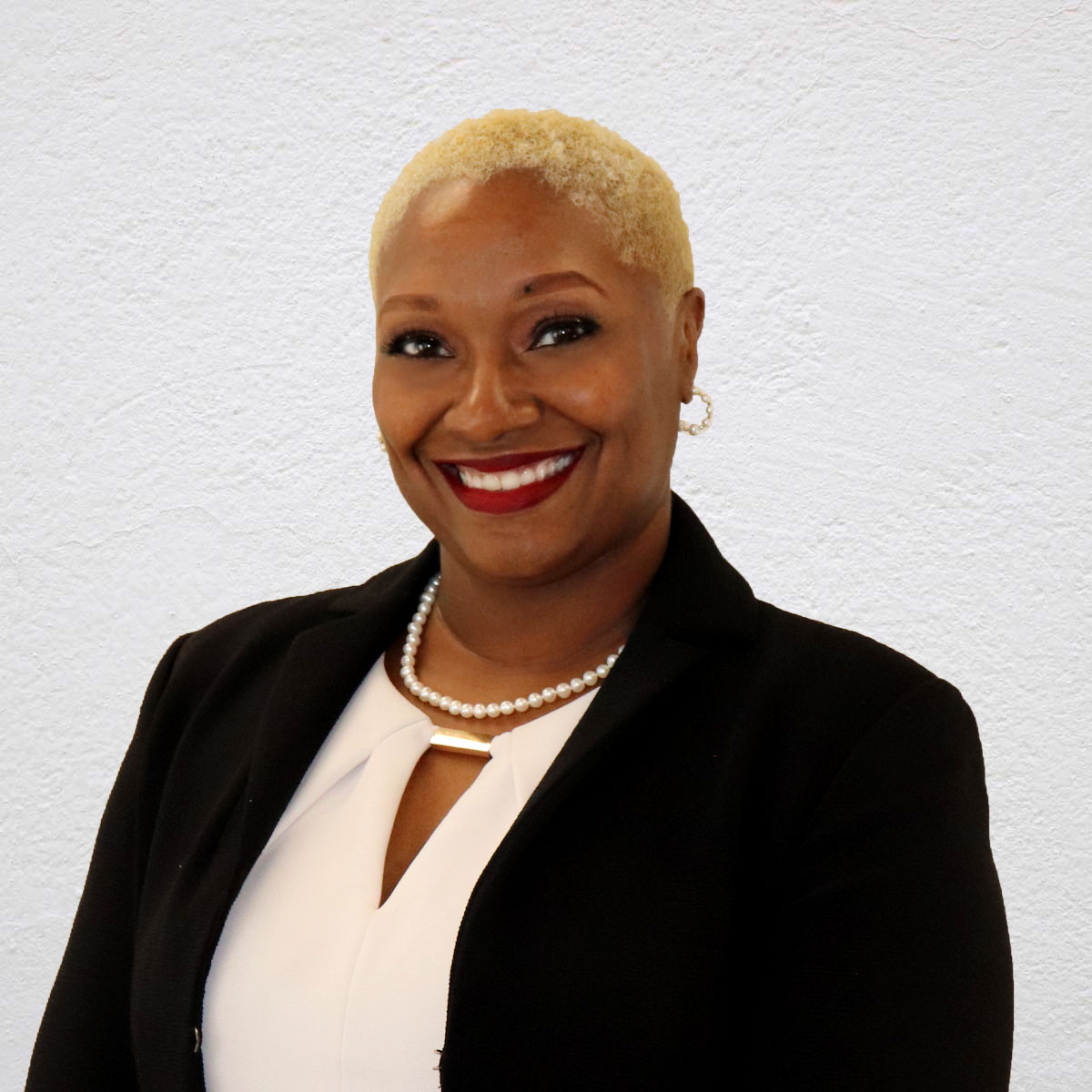Last updated on June 15th, 2023
Chronic wounds affect about 6.5 million people in the United States. More than just a classic scrape or skinned knee, they are a much more serious category of wound. Chronic wounds are defined as wounds that “fail to proceed through the normal phases of wound healing in an orderly and timely manner.”
As people age, wounds take longer to heal. It’s important for senior living communities to understand the types of wounds most common in senior populations and how to use a multidisciplinary approach that incorporates clinical, rehabilitative, and nutrition interventions for the best results.
Four Types of Wounds Prevalent in Seniors
Venous leg ulcers (VLUs), diabetic foot ulcers (DFUs), arterial insufficiency ulcers, and pressure ulcers (PUs) all affect older adults more frequently. This is because conditions that are associated with chronic wounds, such as vascular disease, venous insufficiency, unrelieved pressure, and diabetes mellitus, are more common among the older population. Let’s break these wound types down.
- Venous Leg Ulcers Venous leg ulcers commonly occur around a person’s ankles. They are sores that can cause pain, itching, and swelling of the leg and are typically caused by an issue with blood circulation in the leg veins.
- Diabetic Foot Ulcers: According to the American Podiatric Medical Association, a diabetic foot ulcer is an “open sore or wound that occurs in approximately 15% of patients with diabetes and is commonly located on the bottom of the foot.”
- Arterial Insufficiency Ulcers: Arterial Insufficiency Ulcers develop because of poor blood circulation when arteries are blocked. They typically occur on a patient’s legs.
- Pressure Ulcers: Pressure ulcers or sores are “localized areas of tissue damage or necrosis that develop because of pressure over a bony prominence.” They are usually found in people who are less mobile. According to the Agency for Healthcare Research and Quality, about 2.5 million people in the United States develop pressure ulcers every year.
Why Older Adults Heal Slower
By definition, chronic wounds are harder to heal than your typical scrape. But, they’re especially difficult to heal in seniors because older skin is thinner and has a harder time recovering. This is due to the body not producing as much collagen. In addition to a decline in collagen production as we age, seniors may experience even slower heal times because of certain common conditions, such as diabetes mellitus and hypertension, which may contribute to or exacerbate poor circulation.
While circulation efficiency tends to decline with age, common preventable health conditions such as obesity, a sedentary lifestyle, and smoking can induce and further exacerbate circulation issues. Although traditionally we look to pharmacological and nutrition support, relieving pressure, and topical treatment for wound healing, exercise also has become a common element of many wound care treatment plans. One Ohio State University study found that regular exercise may speed up the wound-healing process by as much as 25%.
In addition to the natural effects of aging, pre-existing conditions, and lifestyle habits, an individual’s nutrition status has the potential to negatively impact a person’s immune system and ability to heal. Malnutrition is a common condition among seniors. Up to 50% of the hospitalized elderly population are malnourished, and about 16% of community-dwelling Americans older than 65 consume fewer than 1,000 calories per day. While nutrition intervention and support are not a standalone treatment, assessment of nutrition status and inclusion of a dietitian’s recommendations in a comprehensive treatment plan is imperative.
A Registered Dietician’s Role in the Wound Healing Process
If you asked the average care provider what nutrients are important for wound healing, they’ll probably tell you zinc, vitamin C, and protein. While these are common and tried and true nutrition interventions, how will you know how much, how often, for how long, potential food-drug interactions, and contraindicating conditions to be aware of? How will you be confident that another potential deficiency was not missed or that there’s evidence to warrant another nutrition-based intervention? You could apply the same nutrition-based interventions to everyone, or you could involve a Registered Dietitian in your wound care team.
Understanding the links between nutrition, pharmacology, metabolism, and wound healing is an ever-evolving science. While there are many vitamins, minerals, and macronutrients related to the wound healing process, understanding an individual’s needs and limitations in relation to nutrition therapy is a Registered Dietitian’s specialty. A Registered Dietitian will be able to review past and current medical issues, laboratory data, medications, diet patterns, and lifestyle factors to provide a full assessment of an individual’s nutrition risks. From there, the RD is able to develop a nutrition-based intervention. The RD’s assessment and plan goes well beyond an individualized meal plan; RDs provide the interdisciplinary care team with recommendations for amino acid, vitamin, and mineral supplementation and sources, fluid balance, types of supplements available and reasonable dose ranges, energy needs and sources, and highlight drug-nutrient interactions.
The Multidisciplinary Approach to Wound Care
A strong team of specialists in senior living communities can be extremely beneficial to residents with chronic wounds. A team of clinical, rehabilitation and nutrition specialists can create a multidisciplinary approach to tend to wounds, ensuring patients receive the best care possible. A registered dietitian can conduct consultations and diet assessments during wound care and work with clinical professionals to provide insight into the efficacy of treatment plans. With these teams of professionals working together, senior living communities can ensure that their residents are receiving the care they need and can regularly monitor the patient’s wound to determine whether changes need to be made to the clinical, rehabilitation, or nutrition plan to accelerate healing.
Culinary Services Group’s registered dietitian nutritionists can work as part of your community’s wound care team and assist residents with the healing process. If you’d like to learn more about how we can help, contact us here.








